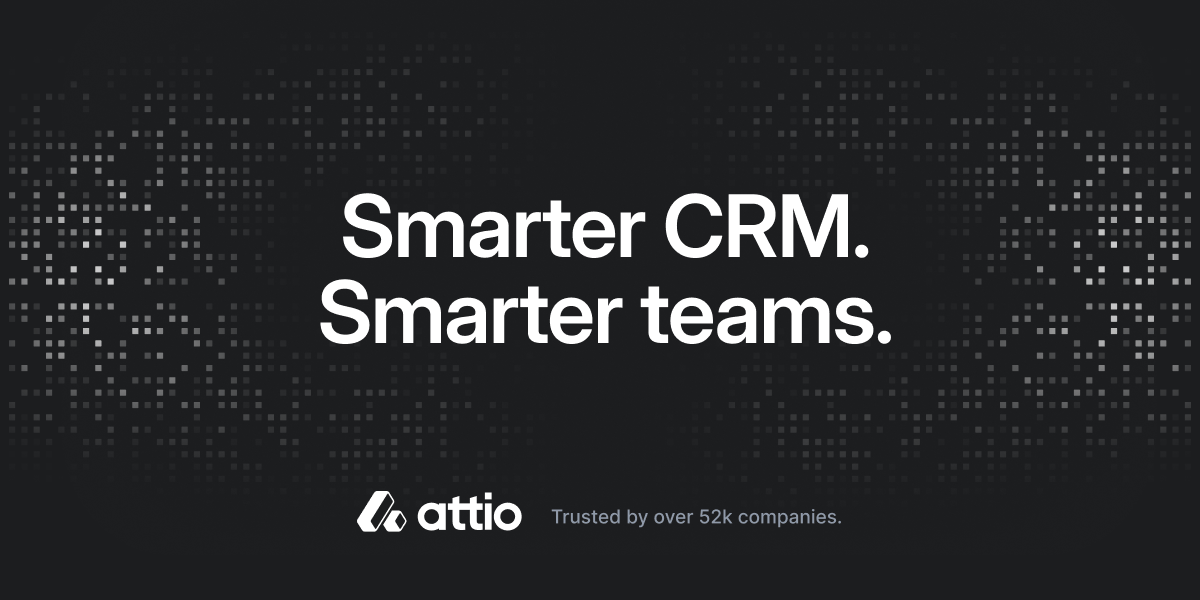Welcome, Fellow Travelers
Sorry for not sending yesterday. This one’s a makeup for yesterday.
Next week, I plan to start a chapter-by-chapter summary of books on a different website. I’m thinking of naming it BriefInsights.com. It’ll be on Substack and a little different than Book Paradise. I’m still thinking about the outline and how to post it, but hopefully, if I start posting, it’ll slowly refine itself.
Do Look forward to my next email on Monday, which will include the link. If anyone is interested, they can subscribe now as well.
https://briefinsights.substack.com/
Todays Book
The First 90 Days
By Michael Watkins
Summary Snapshot
In "The First 90 Days," Michael Watkins provides a straightforward ten-step guide for new leaders to succeed in their initial months. He advises them to mentally prepare for change, learn important company information, adapt their style to fit the company, set clear goals, achieve quick successes, build strong teams and partnerships, manage stress effectively, and create systems to help others adjust. By following these steps, leaders can build trust, gain momentum, and achieve long-term success.
“Dive deeper in 30: See if this book clicks with you in our key takeaways.”
Clarify Your Transition Type
Before your first day, determine whether you are moving up inside your company or joining a new organization. Reflect on how responsibilities, relationships, and expectations will shift. Consider marking the transition with a symbolic gesture or brief pause, allowing you to leave old habits behind and begin your role with clear intent and focus.Identify Your Learning Agenda
List the most critical questions you need answered about strategy, people, culture, and processes. Group them into past, present, and future buckets to ensure you cover history, current realities, and upcoming challenges. Revisit and refine this agenda weekly to keep your learning targeted on areas that will drive your early success.Plan Your Information Sources
Map out who and what you will use to gather insights in your first month. Schedule one-on-one interviews with your boss, direct reports, key peers, and customers. Combine surveys, focus groups, and informal conversations during facility tours to collect diverse perspectives efficiently without overwhelming stakeholders.Create a Structured Learning Plan
Draft a simple plan that sets milestones for gathering data, analyzing it, and testing your hypotheses. Include goals for days 30, 60, and 90 to track your progress. This structured approach prevents urgent but less important tasks from derailing your deeper understanding of the organization.Combine Hard and Soft Data
Balance your research by reviewing financial reports and performance metrics alongside employee interviews and customer feedback. Hard data shows where you stand now, while soft data reveals hidden strengths, risks, and cultural norms. Using both ensures your plans rest on a solid understanding of facts and human dynamics.
Avoid Learning Pitfalls
Watch out for rushing into action without context, dismissing history, or assuming one size fits all. When you feel pressure to move quickly, pause and ask yourself if you have enough information. Investing time in thoughtful research now will prevent costly mistakes and resistance later.Diagnose Your Business Stage
Use the STARS model, which stands for Start-up, Turnaround, Accelerated Growth, Realignment, and Sustaining Success, to identify your company’s current situation. A precise diagnosis determines whether you require bold, decisive action or patient-centered consensus-building. Matching your approach to the right stage helps you allocate resources and set realistic goals.Adapt Your Leadership Style
Be prepared to act like a hero when urgency demands swift change and like a steward when people need time to absorb new ideas. Practice both approaches consciously and flexibly so you can lead effectively across different scenarios. Understanding your default style and stretching beyond it builds trust.Engage Your Team in Diagnosis
Involve team members in mapping strengths, weaknesses, opportunities, and threats so they share ownership of the real situation. Workshops or working sessions not only improve the accuracy of your diagnosis but also build buy-in for the changes you will later propose.Negotiate Clear Expectations
Meet with your boss early to define what success looks like in your role, both short and long term. Ask which metrics matter most and what early wins will earn trust. Ground the conversation in specific outcomes and resources by saying, “If we aim for X results, I will need Y support.”
Establish Communication Norms
Clarify how often and through what channels you will update your boss. Ask their preferences for email calls or meetings and how much detail they need. This prevents misunderstandings and ensures you keep them informed without overwhelming or under-communicating.Present Options, Not Ultimatums
When you need additional budget people or time, frame your request as a menu of choices with pros and cons for each. This collaborative style invites your boss to make informed decisions and aligns resource allocation with realistic deliverables.Select Early Win Projects
Choose initiatives that align with your boss’s priorities, can be completed quickly, and involve your team. Quick successes demonstrate your competence, build credibility, and create positive momentum for more complex changes you will introduce later.Avoid Low-Value Quick Fixes
Resist opportunities that are easy but do not align with your long-term goals or reinforce the desired behaviors. An early win should both solve an immediate problem and introduce new processes or mindsets that support ongoing improvement.Use FOGLAMP to Evaluate Wins
Before launching an early win project, check each element of Focus, Oversight, Goals, Leadership Abilities, Means, and Process. This simple checklist helps you spot missing pieces and plan implementation in a way that maximizes your chance of success.
Finally, a powerful CRM—made simple.
Attio is the AI-native CRM built to scale your company from seed stage to category leader. Powerful, flexible, and intuitive to use, Attio is the CRM for the next-generation of teams.
Sync your email and calendar, and Attio instantly builds your CRM—enriching every company, contact, and interaction with actionable insights in seconds.
With Attio, AI isn’t just a feature—it’s the foundation.
Instantly find and route leads with research agents
Get real-time AI insights during customer conversations
Build AI automations for your most complex workflows
Join fast growing teams like Flatfile, Replicate, Modal, and more.
Diagnose Misalignments Holistically
Review your organization’s strategic direction, structure, processes, and skill bases to find gaps. For example, if your strategy calls for innovation but your team lacks training, or if processes slow decision making, note these misalignments and plan targeted fixes.Align Structure to Strategy
Examine reporting lines, decision-making rights, and incentive systems to ensure they align with your goals. If teams work in silos or accountability is unclear adjust roles or reporting relationships so everyone knows who decides what and why.Map and Improve Key Processes
Draw simple flowcharts of critical workflows and ask participants where handoffs stall or mistakes occur. Use that input to redesign processes for clarity, efficiency, and reliability so work flows smoothly and people understand how their tasks fit the bigger picture.Use Objective Criteria for Talent Reviews
Evaluate each team member on competence, judgment, energy, focus, relationships, and trustworthiness. Gather input from peers and data from past reviews to reduce bias. This structured approach helps you make fair decisions about who to keep, develop, reposition, or replace.Hold One-on-One Conversations
Meet each person individually to discuss their strengths, challenges, and career aspirations. Ask them what they need to succeed and listen for nonverbal cues such as enthusiasm or hesitation. These meetings build rapport and uncover insights that data alone cannot provide.
Match Roles to Skills and Interests
After your assessments, adjust roles and responsibilities so people work where they add the most value. Offer training for those you plan to develop, and consider reassigning or replacing those who do not fit critical roles. Communicate changes openly to maintain trust.Map Your Influence Network
Identify who holds formal authority and who wields informal power over resources or opinions. Create a simple diagram showing supporters, detractors, and persuadables so you know where to focus your outreach and how to sequence your alliance-building efforts.Frame Proposals Around Shared Interests
When you approach key stakeholders, explain how your plan helps them achieve their objectives. Listen to their concerns and adjust language and emphasis accordingly. This two-way dialogue demonstrates respect and fosters the trust necessary to gain their support.Use Incremental Pilots to Win Support
Offer small, low-risk tests of your ideas that deliver quick results. Publicize these early successes to persuade skeptics and create momentum. Gradual expansion of proven pilots makes bigger changes feel safer and more credible.Monitor Your Emotional Health
Check in regularly on signs of stress, such as isolation, procrastination, defensiveness, or unclear boundaries. When you notice warning signals, pause to delegate tasks, reorganize priorities, or seek advice, so you maintain energy and focus without burning out.
Establish Resilient Routines
Protect time for exercise, sleep, reflection, and personal activities by blocking it on your calendar. Treat these commitments as non-negotiable. A balanced routine provides the resilience you need to handle the demands of a new leadership role.Build a Diverse Support Network
Surround yourself with mentors, coaches, and trusted peers both inside and outside your company. Seek advisors with expertise in strategy, culture, and personal resilience. This mix of perspectives will help you navigate tough decisions and accelerate your growth.Promote a Common Transition Model
Collaborate with HR to standardize onboarding, promotions, and internal moves by utilizing a shared framework. Consistent tools, coaching, and learning modules help everyone understand expectations and accelerate success regardless of role or level.Tailor Support by Role and Stage
Customize the timing format and intensity of transition resources based on the complexity of the position and the business stage. Senior leaders may require one-on-one coaching, while new hires often benefit from cohort programs. Allocate resources where they have the most significant impact.Share Your Lessons with Peers
Host regular forums where new leaders exchange experiences, insights, and best practices from their first ninety days. Creating a community of practice transforms individual transitions into collective learning, thereby strengthening your organization’s ability to onboard talent quickly.
What’s Next?
Begin your first ninety days by drafting your 90 day plan. Block off time to prepare mentally, identify key learning questions, and schedule meetings with your boss and team. Share this plan with a mentor or colleague and ask for feedback. Take action now to set yourself up for success.


